I am creating multiple custom UIView's in a custom UIView. The creation of the custom sub-views is ok. They look like this:

The draw method is quite straightforward:
[[UIColor brownColor] set];
CGContextRef ctx = UIGraphicsGetCurrentContext();
CGContextSetLineWidth(ctx,
5.0f);
CGContextBeginPath(ctx);
CGContextMoveToPoint(ctx, 0.0f, 0.0f);
CGContextAddLineToPoint(ctx, 100.0f, 0.0);
CGContextAddLineToPoint(ctx, 130.0f, 25.0f);
CGContextAddLineToPoint(ctx, 100.0f, 50.0f);
CGContextAddLineToPoint(ctx, 0.0f, 50.0f);
CGContextClosePath(ctx);
CGContextStrokePath(ctx);
[super drawRect:rect];
Adding it to the super view is also quite simple:
ITContextFigure *view = [[ITContextFigure alloc] initWithFrame:CGRectMake(location.x, location.y, 135.0f, 50.0f)];
[view setBackgroundColor:[UIColor yellowColor]];
[self addSubview:view];
So my questions are:
1) How can I detect when one overlaps the other?
I saw this solution:
if (CGRectContainsRect([myImageView1 frame], [myImageView2 frame])) {
NSLog(@"Overlaped, it's working!");
}
But if I have multiple UIViews, doing a for on the super view and checking every single sub-view doesn't seem a good solution for me.
2) In this case, what can be done?

My main goal is to detect when this happens:

Update 1.0
Going to try what has been showed here, since there isn't a more elegant way. If I am able to achieve it, I will post the code on Github, if anyone needs it.